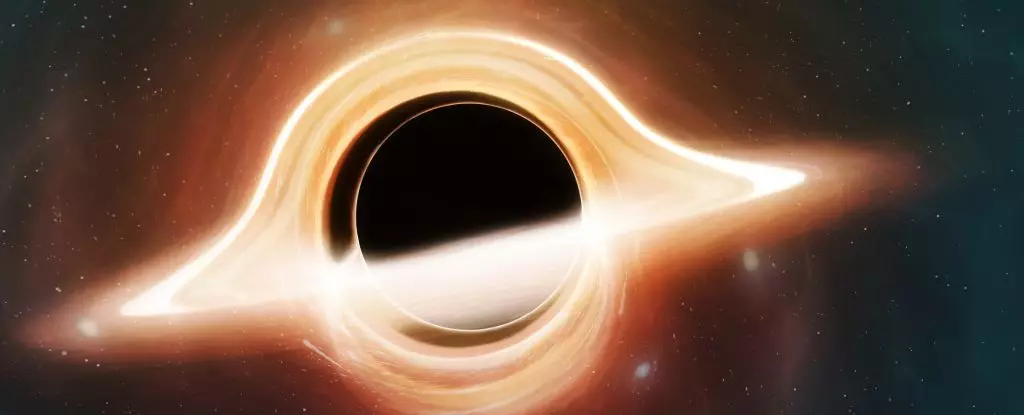In the heart of our galaxy lies a fascinating cluster of stars known as IRS 13, which has recently captured the attention of astronomers due to the presence of a rare, intermediate mass black hole. The discovery of this elusive black hole challenges our current understanding of these cosmic phenomena and sheds light on the evolution of black holes across the Universe.
Connecting the Dots: Bridging the Gap in Black Hole Evolution
Black holes are enigmatic cosmic entities that mark the final stage in the life cycle of massive stars. While we have a solid understanding of stellar-mass black holes and supermassive black holes, there exists a significant gap in our knowledge when it comes to intermediate mass black holes. These black holes, with masses ranging from 100 to 100,000 solar masses, represent a missing link in the evolutionary pathway of black holes.
The discovery of an intermediate mass black hole in the vicinity of the supermassive black hole Sagittarius A* provides valuable insights into the growth and evolution of black holes in galaxies. The proximity of IRS 13 to the galactic center suggests that it plays a crucial role in feeding the supermassive black hole and shaping the dynamics of the galactic nucleus.
Astrophysicists’ Quest for Understanding
A team of astrophysicists led by Florian Peißker of the University of Cologne embarked on a mission to unravel the mysteries of IRS 13. By studying the motion of stars and gas clumps within the cluster, they uncovered unexpected patterns that hinted at the presence of a dense object at the center. Through meticulous observations and modeling, they determined that this object is likely an intermediate mass black hole with a mass of approximately 30,000 solar masses.
The Significance of IRS 13 in Black Hole Evolution
The discovery of an intermediate mass black hole in IRS 13 represents a significant milestone in our quest to understand the growth and evolution of black holes. By studying the interplay between different types of black holes in the galactic center, astronomers can piece together the puzzle of black hole formation and consolidation over cosmic timescales.
As researchers continue to investigate the properties of IRS 13 and its central black hole, there is much to be learned about the role of intermediate mass black holes in galaxy evolution. With advancements in observational technology, astronomers hope to gain a deeper understanding of the dynamics of black holes and their impact on the structure of galaxies.
The discovery of an intermediate mass black hole in IRS 13 marks a significant breakthrough in our understanding of black hole evolution and galactic dynamics. By studying the intricate interplay between different types of black holes, astronomers are unraveling the mysteries of the cosmos and shedding light on the fundamental processes that govern the Universe.


Leave a Reply